Whether it’s the burning sensation in your core or the back and/or neck strain you get from just thinking about them — crunches aren’t for everybody. But thankfully, there is another exercise that can help you build serious core strength and that’s boat pose.
More formally known as Paripurna Navasana or Navasana for short, the seated pose involves rolling out a yoga mat, sitting on the floor and engaging your core as you lift your legs and hands off the ground.
It’s nothing new, but in more recent times it’s become known as one of the best crunch variations because of the sheer strength required to execute it with the correct form.
To find out more, we spoke to fitness expert Abby McLachlan who shared with us how to do the move, how to make this move beginner-friendly and the benefits it brings.
Abby McLachlan is a Pilates instructor and founder of East of Eden, a yoga and Pilates studio based in London. Passionate about creating a welcoming space for movement, mindfulness, and community, McLachlan’s studio offers a diverse range of classes, from dynamic yoga flows and reformer Pilates to restorative practices like yin yoga.
What is the boat pose exercise?
Watch On
“Boat pose, or Navasana in Sanskrit, which you might hear in yoga, is a core strengthening posture, where you sit on the floor and aim to raise your legs straight up in the air in front of you, while keeping your back as straight as possible,” McLachlan, Pilates instructor and founder of East of Eden explains.
Boat pose is also a key part of the Pilates repertoire however, it’s referred to as the Teaser. “Teaser is a more dynamic, flowing move, where you start lying on your back with straight legs and pointed toes and arms overhead,” McLachlan notes.
How do you do the boat pose?
“You then inhale to engage your core, and exhale to lift the head, neck and shoulders first before continuing to peel the spine up, while simultaneously lifting your legs off the ground to about a 45-degree angle,” explains McLachlan.
- Sit on a yoga mat with your back tall and your hands resting by your hips
- Bend your knees, with your feet on the floor and keep your spine straight as you lean back
- Engage your core and lift your feet up, keeping your knees bent as you balance on your sitting bones
- Reach your arms forward and straighten your legs into a 45-degree angle
- Hold this position for three breaths
What variations are there?
To do the full expression of the posture with straight arms and legs, McLachlan says you’ll need a strong core and back. “However there are lots of modifications you can take before that point to make the movement more accessible,” the expert adds.
For example, you could keep your knees bent at a 45-degree angle with your hands in front of you. Or, you could keep your hands on the floor to help you balance.
You could also try holding the back of your legs for support. If you need more help balancing, you could loop one of the best resistance bands around your feet, holding the ends with your hands.
“As you work up through the modifications, make sure you keep your back straight and your chest open and shoulders back — no hunching over to hold the posture,” McLachlan explains. “And remember to breathe!”
What are the benefits of the boat pose exercise?
First and foremost, the boat pose helps to build serious core strength.
More specifically speaking, a review published in the International Journal of Yoga, which looked at the core muscle activation across different yogic postures, found that Navasana showed the ‘greatest rectus abdominis activation’. So, just like a crunch, boat pose it’s a great exercise for targeting your abs.
This pose won’t just work your six-pack muscles though. This is a full-body exercise as it recruits the use of your legs, hip flexors, back, and shoulders. McLachlan says that when performed properly, this results in ‘improved core strength, flexibility and balance’. “What’s not to love?”, the expert adds.

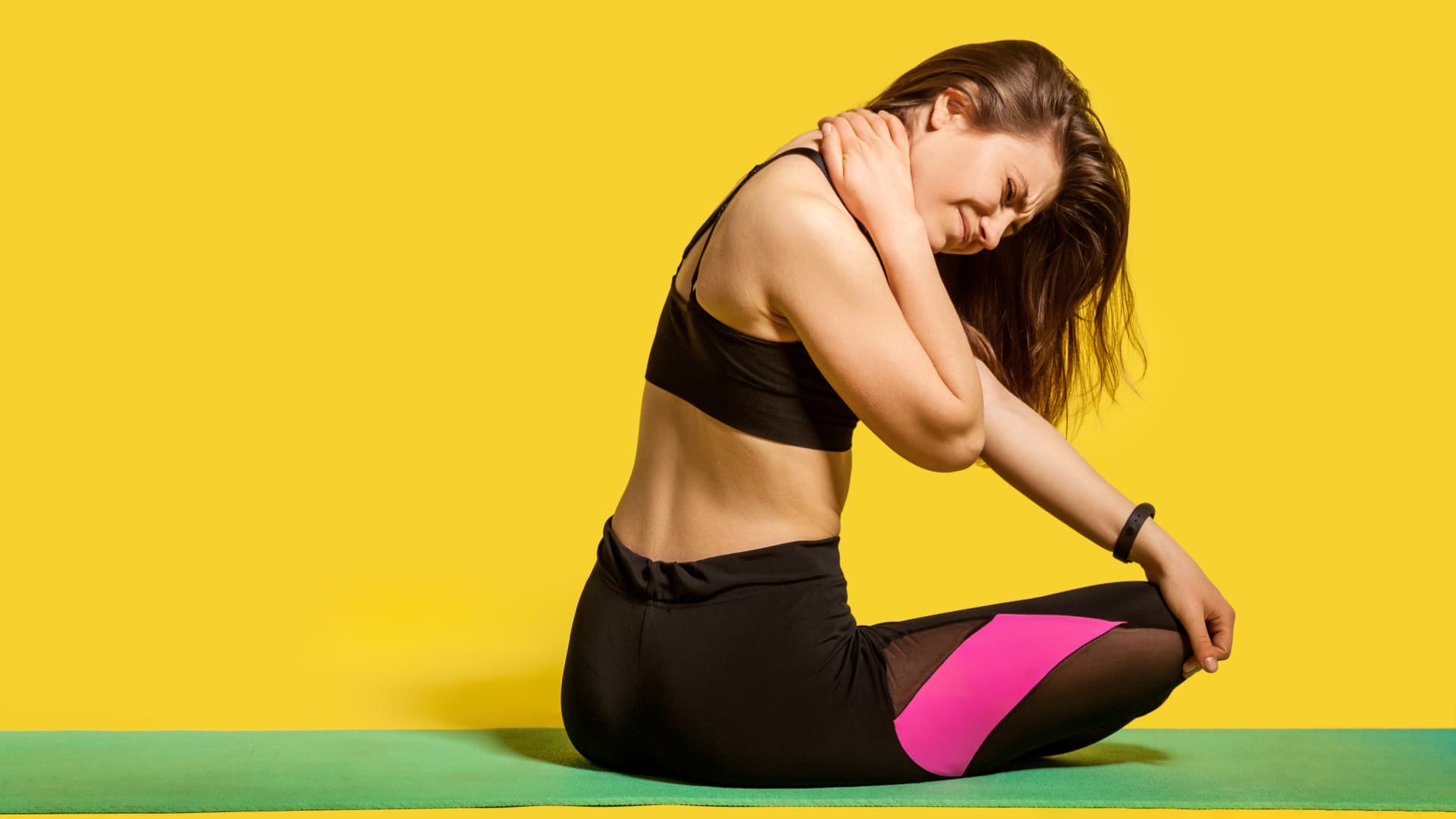





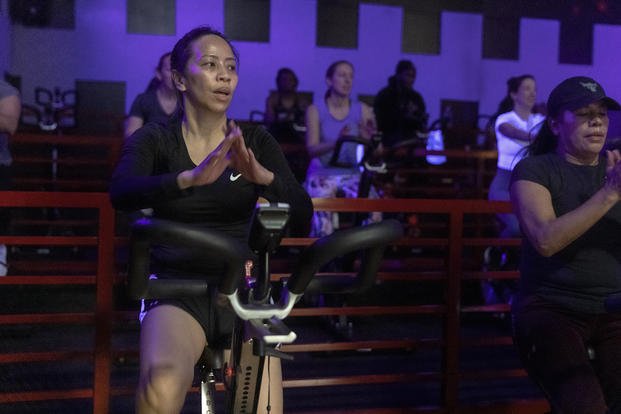
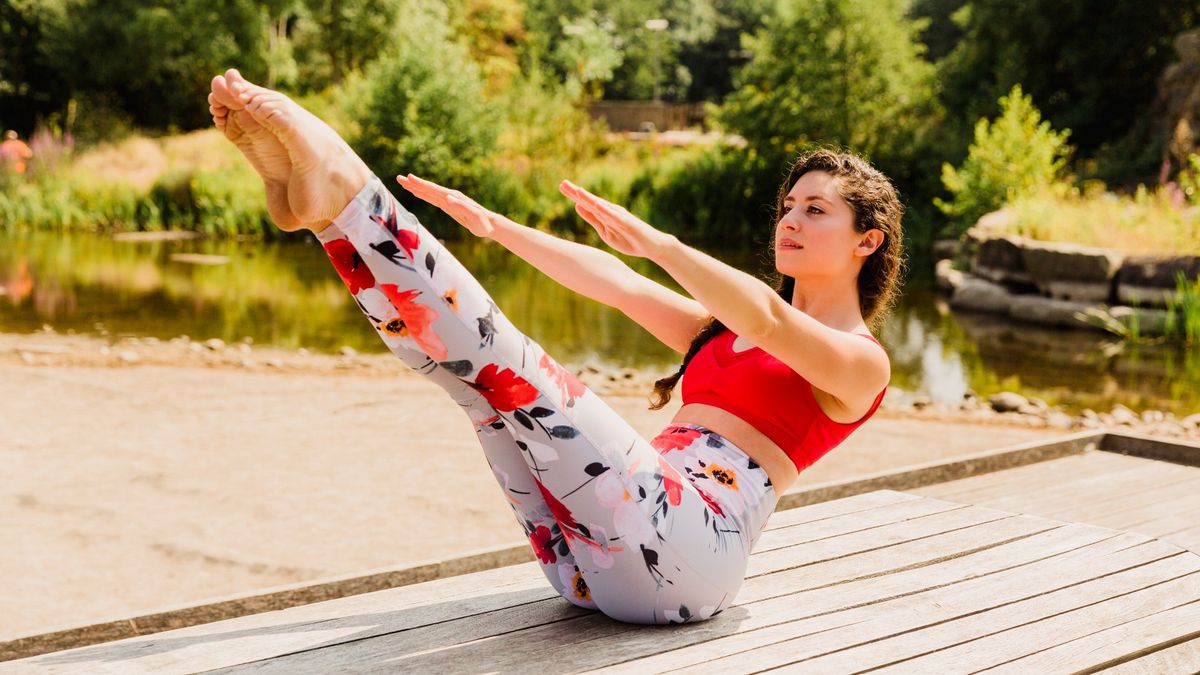

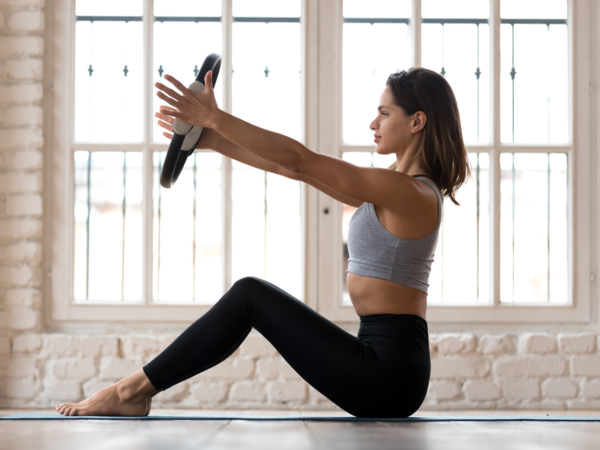
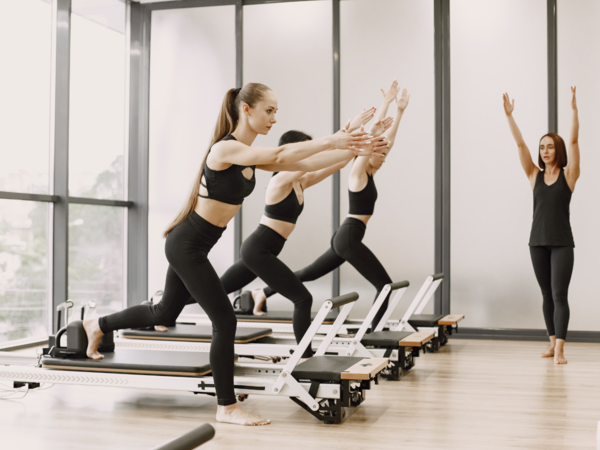
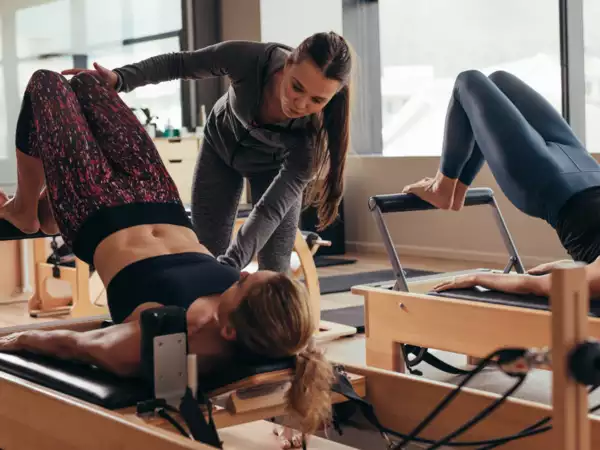















/cdn.vox-cdn.com/uploads/chorus_asset/file/24924653/236780_Google_AntiTrust_Trial_Custom_Art_CVirginia__0003_1.png)
/cdn.vox-cdn.com/uploads/chorus_asset/file/25672934/Metaphor_Key_Art_Horizontal.png)



/cdn.vox-cdn.com/uploads/chorus_asset/file/24982514/Quest_3_dock.jpg)

